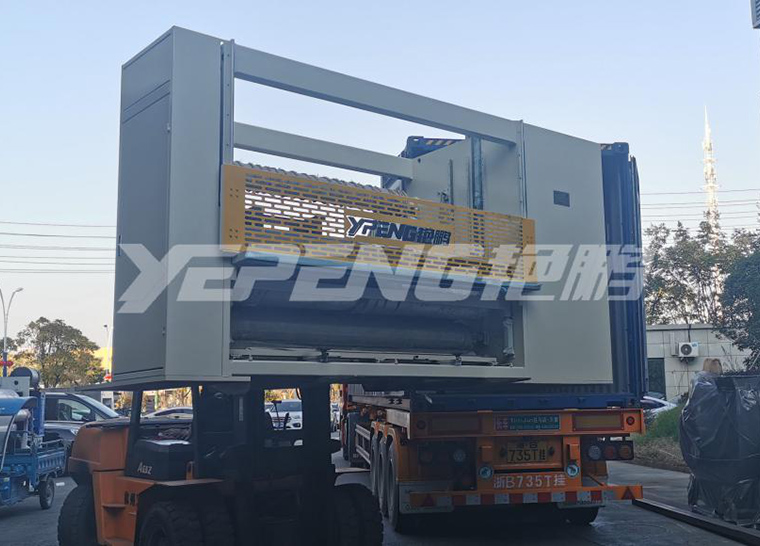
Zhejiang Yanpeng Nonwoven Machinery Co.,Ltd.---A professional non woven production line Manufacturer
11. 2020
Quick service response time
Provide 7x24 hours of uninterrupted
service for you
Professional one to one customer service
Escort your production
Address: Wanchuan Road, Binhai New District, Pingyang County ,Zhejiang, China
Tel: 0086-577-58198758
Fax: 0086-577-58198759
Fill in your project information
What is the filtration effect of melt blown non woven fabric?
Filtration efficiency refers to the filtration efficiency of melt blowing. Because melt blown has the characteristics of filtering dust, particles, dust, pollen and so on. There are terms such as N, BFE, VFE, KN, FFP and so on for the filtration level, and the melt blown level and the filtration efficiency are mutual. A good melt blown level will bring good filtration efficiency, while a poor one will lead to the opposite.
Classification of filtration efficiency of melt blown nonwoven
1. BFE95 (g weight: 18-30g)
Explanation: at a flow rate of 32 liters, the filtration efficiency of 3 micron bacterial particles reaches 95%.
2. BFE99 (g weight: 20-30g)
Explanation: at a flow rate of 32 liters, the filtration efficiency of 3 micron bacterial particles reaches 99%.
3. VFE99 (g weight: 25-30g)
Explanation: at a flow rate of 32 liters, the filtration efficiency of 3 micron virus particles reaches 99%.
4. PFE99 (g weight: 24-30g)
Explanation: at a flow rate of 32 liters, the filtration efficiency of 0.1 micron particles reaches 99%.
5. KN90 (g weight: 30-50g)
Explanation: at 55 liter flow rate, the filtration effect of 0.3 micron solid particles reaches 90%.
6. N95 (g weight: double layer 50g)
Explanation: at 85 liter flow rate, the filtration effect of 0.3 micron solid particles reaches 95%.
7. N99 (g weight: double layer 80g)
Explanation: at 85 liter flow rate, the filtration effect of 0.3 micron solid particles reaches 99%.
8. FFP1 (g weight: 50g)
Explanation: equivalent to N90 standard.
9.FFP2 (g weight: 50g)
Explanation: equivalent to N95 standard.
The filtration performance of melt blown nonwoven is affected by many factors. The external factors include the size and distribution of dust source, the velocity of filtration gas, etc., while the self factors include pore structure and thickness. The pore structure of nonwoven includes pore size and its distribution, porosity, etc.
1、 Average pore size of filter material
In a certain range, the filtration efficiency is inversely proportional to the average pore diameter of the filter material. The smaller the average pore diameter of the filter material, the higher the filtration efficiency. The average pore diameter of nonwoven filter material is mainly affected by fiber diameter and thickness. The thinner the fiber is, the smaller the average pore diameter is; the thicker the thickness of nonwoven filter material with the same fiber size, the smaller the average pore diameter.
2、 Porosity of filter material
The unique fiber web structure of nonwoven forms more uniform pores with smaller pore size, which makes the dispersion of the filter carrier phase enhanced when passing through the fiber curvature of the filter material, and the particles to be separated in the carrier have more chances to collide or adhere to the fiber. Therefore, porosity is an important factor affecting the performance of filter materials.
The porosity of filter material refers to the ratio of pore volume to total volume. When the porosity of the filter material decreases, the larger the fiber filling rate, the stronger the interference effect on particles, and the higher the trapping efficiency and the higher the filtration efficiency. With the increase of the porosity of the filter material, the separation and capture ability of the particles in the gas is weakened, so the filtration efficiency decreases.
The relationship between filtration efficiency, filtration resistance and porosity, fiber diameter and thickness of filter media was simulated by computer. The results show that the filtration efficiency increases with the decrease of porosity and fiber diameter.
3、 Thickness of filter material
Through the establishment of a filtration model, the filtration efficiency and filtration quantity of particulate matter by filter media are predicted. The influence of different filter material thickness and filtration area on filtration efficiency was analyzed.
It is found that the predicted values of the filter model are in good agreement with the measured values. It also provides a reliable reference for the design of filter material thickness and maximum effective aperture to achieve specific filtration efficiency and filtration quantity.
Zhejiang Yanpeng Nonwoven Machinery Co., Ltd. is a professional nonwoven machine manufacturer, engaged in the manufacture of non woven machine for many years.For domestic and foreign nonwoven enterprises to provide integrated services.Our polypropylene(PP) spunbonded nonwoven machine is constantly updated after years of production practice, which makes the design of non-woven fabric production line more perfect and the operation easier.Our spunmelt nonwoven production line is constantly improving. Our equipment is constantly improving, under the premise of complete specifications, superior performance, excellent quality and beautiful color, it can also add recycled material and filling to reduce the cost of products.Our mission is to become the preferred overall supplier of nonwoven equipment industry.It’s famous for international R&D,quality,service,flexibility and reliability.
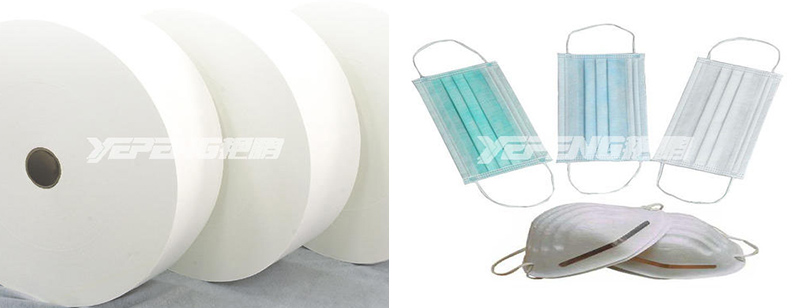

11. 2020
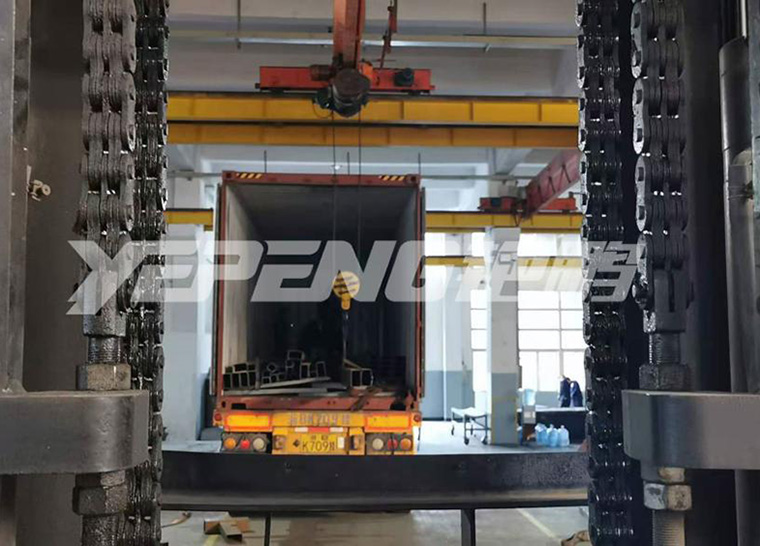
11. 2020
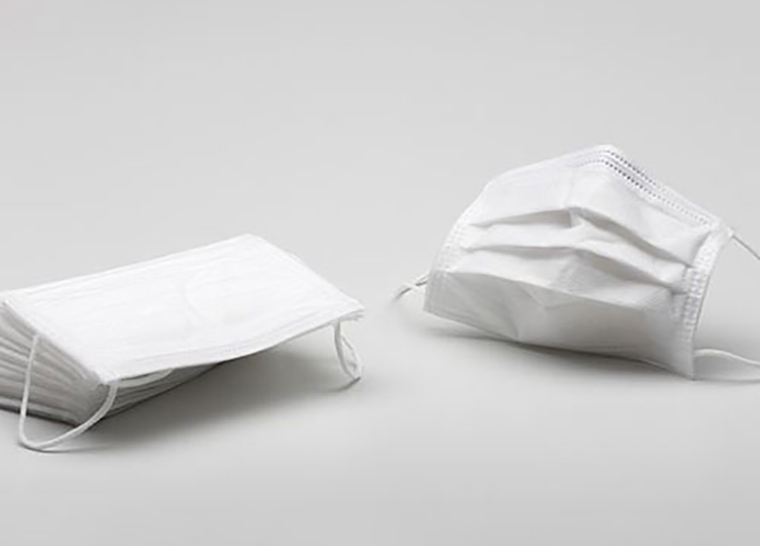
11. 2020
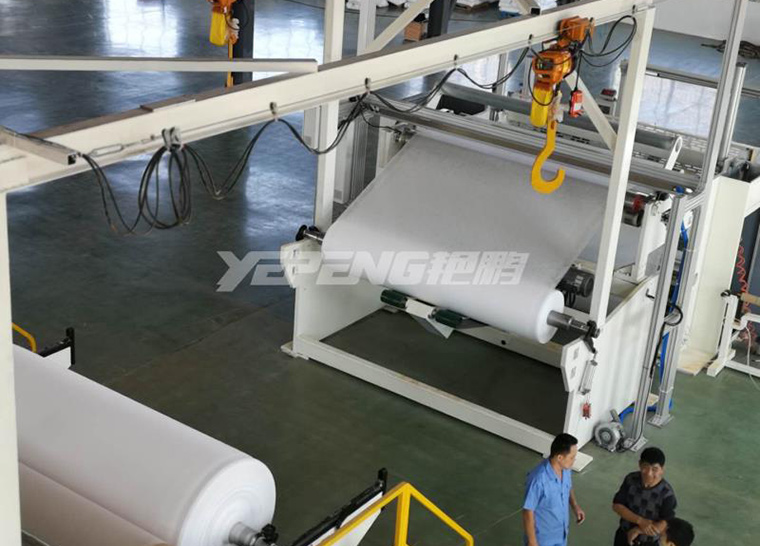
10. 2020

